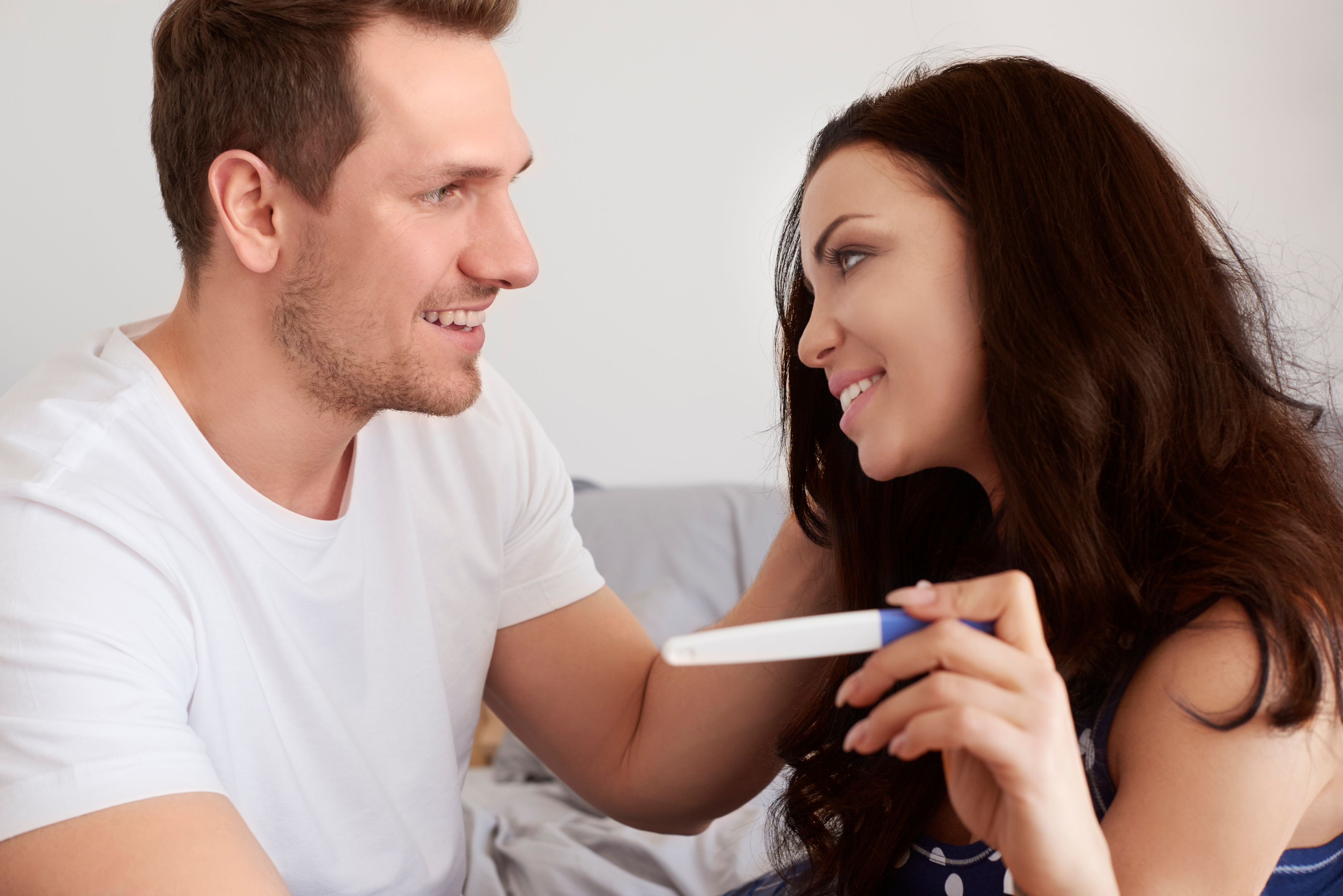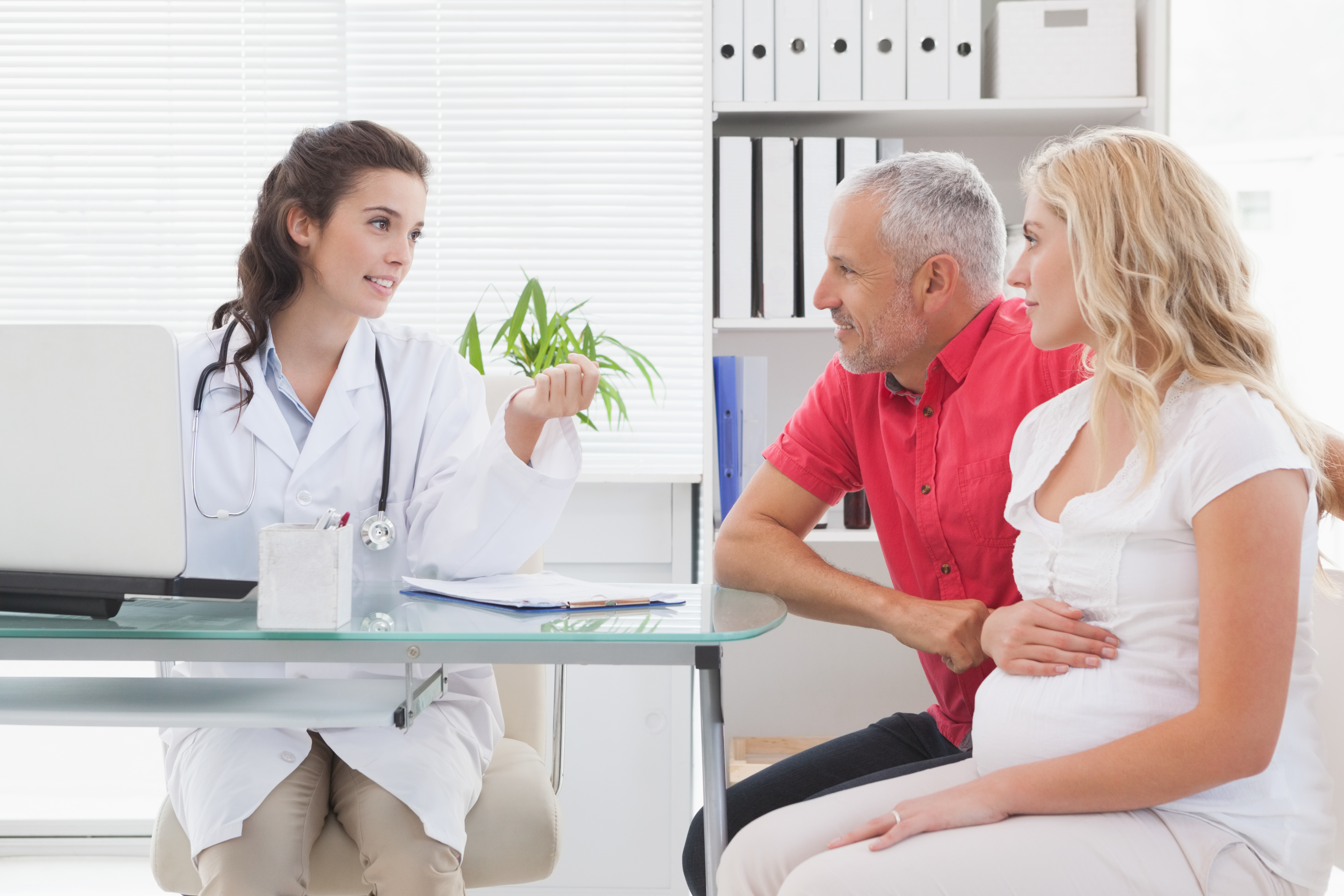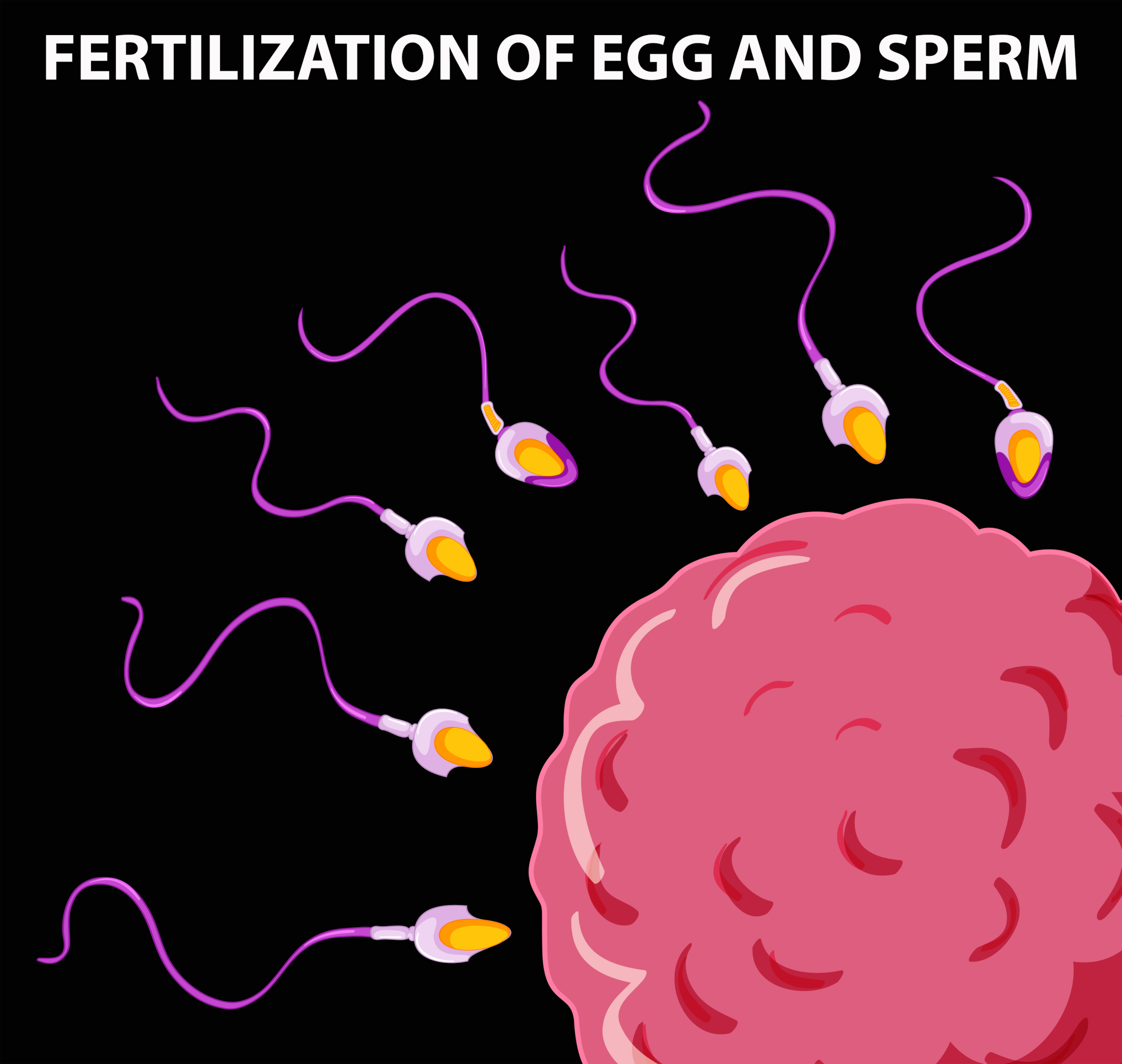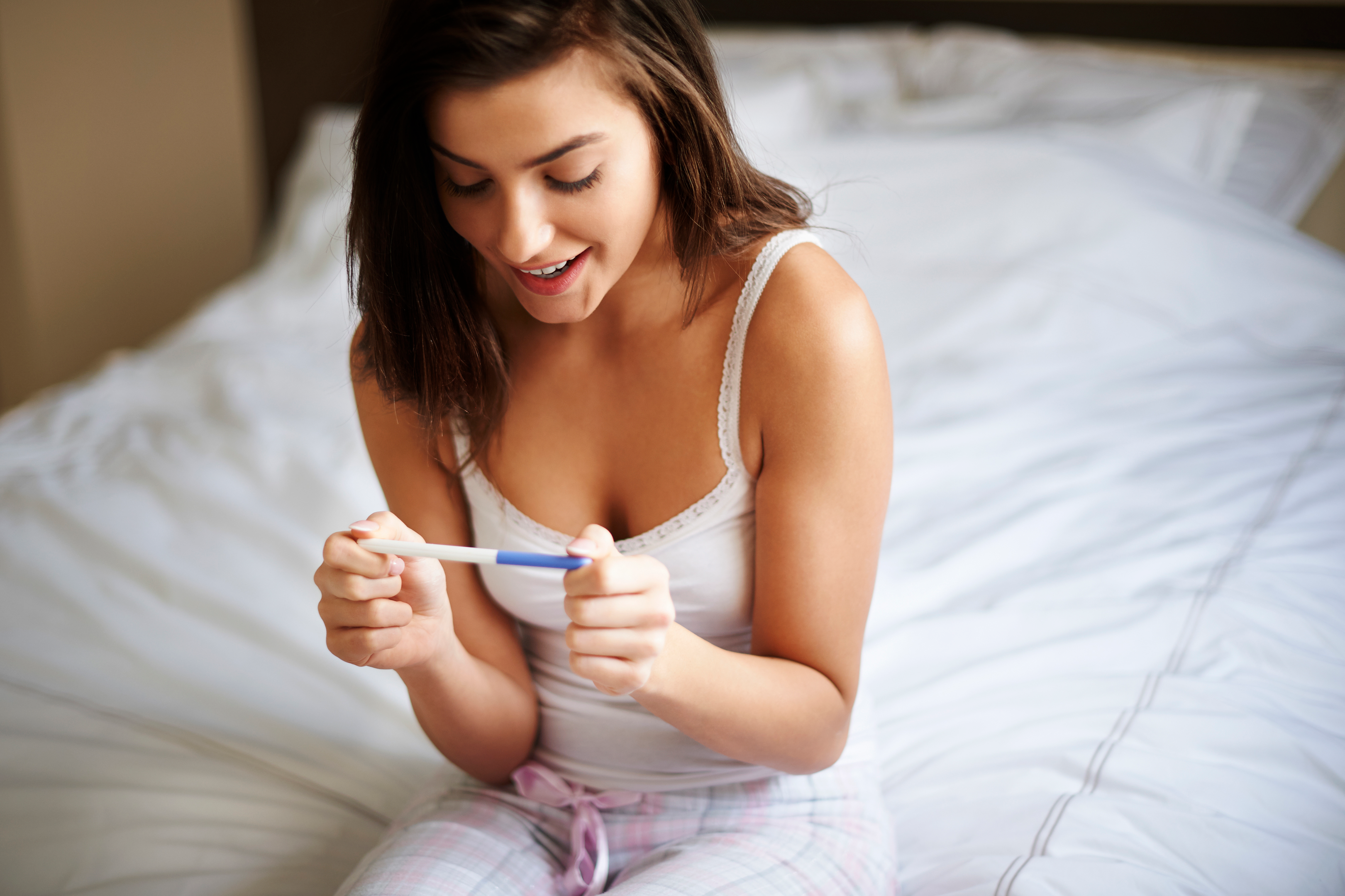How soon after unprotected sex can I test for pregnancy?


The home pregnancy test should be performed after at least 2-3 weeks of unprotected sex to avoid the risk of false negative pregnancy test results.

Unprotected sex means sex without contraceptives or when the contraceptive methods have failed. This can result in an unplanned pregnancy. The risk is there even when you are using any contraceptives. How to know if you are pregnant after unprotected sex? Many home pregnancy tests are available that can detect the presence of pregnancy-related factors in the blood.
How soon should you go for testing after unprotected sex? To answer this, you need to know the time taken to achieve pregnancy after sex. It is again not simple as conception can happen within hours to days after the sex. This article summarizes various factors associated with home pregnancy testing. Keep reading for more details.
Most pregnancy tests detect the hormones released in response to conception which takes place many days later. There is one more thing to be considered. There is nothing like an 'ideal sex' which guarantees pregnancy. Pregnancy depends upon various factors. It may not be achieved easily even if both partners are healthy and fertile and are not using contraceptives.
Moreover, the term 'sex' is also ill defined and can have different meanings for different people and across different cultures. So, to answer our original question, we should first know how long it takes to get pregnant after sexual intercourse.

For the sake of understanding, we would refer to 'sex' as an activity involving the ejaculation of semen into the female vagina.
The chances of getting pregnant after sex depend upon several factors. Although some claim to achieve conception due to certain acts during intercourse, these claims have minimal research backing.
The chances of conception are maximum around the time of ovulation (release of the egg from an ovary), which occurs around the mid (14th day) of the menstrual cycle. The chances of getting pregnant thus depend upon whether the sex has been deliberately timed to achieve maximum fertility.
For example, an earlier study published in the Demographic Research in 2000 noted that for most couples, the chances of getting pregnant after random unprotected sex are just 5%. However, the odds of achieving pregnancy improved with sexual intercourse during the fertility window, i.e., the time during or just before ovulation.

Another study published in Contraception in 2015 noted that a young woman's probability of achieving pregnancy due to single sexual intercourse during a woman's fertility window was 25%.
Fertility also depends upon age. Although it varies from person to person, it nevertheless decreases with age. A report published by the National Library of Medicine in 2020 noted that the chances of getting pregnant within 1 year are 85% for women under 30, 75% at the age of thirty, and the chances are further reduced to 66% at 35 years of age.
Older women are also more likely to experience miscarriage than younger women.
The results of a pregnancy test depend on various factors, e.g., fertilization, implantation of the fertilized egg into the wall of the uterus, and the time taken to achieve desired hormonal levels. Let's go through all of these factors one by one.
When the male partner releases its semen into the vagina, the sperms have to travel from here to the fallopian tubes for fertilization. So, the time taken to achieve pregnancy also depends upon how quickly the sperm takes to reach the site of fertilization and how long after the intercourse the ovulation occurred in the female partner.
The sperm from a healthy man can survive for up to 3-5 days in the female reproductive system, provided there are no infections inside it. So, pregnancy can occur randomly within this time, given that ovulation occurs too. The life of an egg is considerably shorter and is just 12-24 hours. So, pregnancy is possible if sexual intercourse occurs some days before or up to a day after ovulation.
The actual process of fertilization can take as much as 24 hours to complete, and the process occurs in various stages. After fertilization, the egg begins to divide rapidly and travels down to reach the site of implantation (fallopian tubes) where it is implanted.

Here, another thing comes into play. Almost half of the fertilized eggs can't get implanted successfully and are expelled from the body. So, the chances of getting pregnant even after successful fertilization are just 40-50%.
The implantation, i.e., the attachment of a fertilized egg to the wall of the uterus, takes place after 6-12 days of fertilization. After implantation, a hormone called the human chorionic namedropping (hCG) is produced from the placenta, which provides the first detectable sign of pregnancy.
The cells have to divide and reach the blastocyst stage (6-10 cells approximately) to penetrate the walls of the uterus and get attached, and a fertilized cell also takes some time to reach the uterus. The implantation after this time has a risk of resulting in pregnancy loss.
For example, a study published in The New England Journal of Medicine in 1999 noted that for a majority (84%) of women, the implantation takes place within 8-10 days of fertilization. However, in the women having late implantation (11th day or more), most of them (82%) experienced a loss of pregnancy.
The pregnancy tests detect the presence of hCG in the urine, which is the earliest biomarker of pregnancy. This hormone is released in response to the implantation. For a positive early pregnancy test, two conditions are required;
The successful implantation
Enough high level of hCG to be detectable

So, for most people, a positive pregnancy test can't be achieved until at least 10 days after ovulation, and for most women with a regular cycle, this time corresponds to the time of their next period. If the first test is negative, another test after some days should be done as this negative test could be due to too low levels of hCG to be detectable.
The commonly quoted best time to conduct the pregnancy test is the around the time of the first missed period. It means if you have missed a period at the expected date, it could be the first sign of pregnancy. The typical duration is 2-3 weeks after unprotected sex. It also depends upon the quality of the test being used.
While some tests can detect the hCG earlier, the others may require you to wait more days. In short, the longer you wait, the better the chances of having a positive pregnancy test. Let me explain how the time of testing correlates to the test results.
For most women, the average cycle length is 28 days, with ovulation occurring midway through the process. The length is far from ordinary and can range between 21-35 days. For such a cycle, the first day of the missed period is nearly 2 weeks from the conception.
The timing of unprotected sex will be difficult to correlate to conception as the sperms remain active for as many as 5 days after ejaculation. A pregnancy test on or some days after the expected period could also be positive.
How accurate will the results be?
Several studies have testified the usefulness of pregnancy tests on the first day of missed expected periods. For example, a study published in the JAMA (an impact factor journal) involving the data from 136 pregnancies noted that the highest possible efficacy of hCG-based screening tests for pregnancy diagnosis is 90% when the test is performed on the first day. However, the effectiveness was increased to 97% when the test was done 1 week after the expected first day.
Testing by this time can give variable results. It is because although the standard length of the menstrual cycle is 28 days, it is rarely so for most women, and it is normal to have a longer or shorter cycle. So, it is nearly impossible to judge the exact timing of ovulation and fertilization for a woman having an unpredictable process length.
Nevertheless, testing after 2 weeks of unprotected sex has a reasonable margin of accurate diagnosis. By this time, the hCG has reached the detectable limit (hCG is noticeable in the urine after 12-15 days of ovulation, and it gets a peak by the 10th week of pregnancy). In short, the earlier you conduct the test, the more likely it is to be a false negative.
Most home-based tests provide 99% efficacy, provided they are conducted at the right time when the levels of hCG have reached a certain level. A test run too soon can give a negative result even if you are pregnant. Repeat testing after some days will provide a more accurate picture, mainly if you don't get a period.
The best tip to achieve accurate results is to avoid desperation and wait. Wait until the level of hCG has reached the desired threshold for detection. The most common issues that can compromise the results of tests are;
The test was conducted late in the day. The test should be performed on the first urine in the morning. This urine is more likely to have a higher concentration of hCG.
The urine is too diluted. Too-diluted urine can compromise the quality of results. If you drink excessive water, you will likely have diluted urine with lower hCG.
As mentioned in the user manual, the test protocols need to be followed. For example, the urine sample must be collected properly, and the urine must not be contaminated after collection.
The test was conducted in a contaminated environment.
Another possible cause of false positive results is a chemical pregnancy. Another possible reason could be the nonviable fetus.
Some drugs used to improve fertility also contain hCG, so a test conducted at the time of using these drugs could be false positive.
Sometimes, some technical issues can compromise the test results. One such issue is the appearance of evaporation lines formed due to the evaporation of urine from the test strips.
Read more: Everything you need to know about a pregnancy test.
The tests are closely related to female fertility. Our Female Fertility Test allows you to access the status of female fertility. It detects various biomarkers related to female fertility, menstrual cycle, and reproductive health, e.g., estrogen, progesterone, LH, and FSH. Click here for more information and place your order.
The most common test conducted at home is the urine test which provides a reasonable accuracy of 99% or more if appropriately executed. The blood tests are conducted at the labs and can give even better results by detecting the minute level of hCG. These tests can provide accurate results as low as 6-8 days after ovulation. Despite more accuracy, a lab technologist or doctor conducts these tests in the labs.
At Welzo, we have various pregnancy testing products available for you. Our Pregnancy Blood Test is a comprehensive blood test that detects the presence of hCG in the blood of pregnant women. The results are shipped within 2 days. Click here to order your test kit.
However, if you are not comfortable with blood tests, we have a home-based test (Instant Pregnancy Test) that detects hCG in the urine. It provides results within 3 minutes and is one of the most sensitive test products in the market. Click here to order your test kit.
The Clearblue Early Detection Pregnancy Test is another susceptible product that can provide up to 99% accurate results as early as 6 days before the missed period. Click here for more information and order your kit.
Pregnancy is too important a change in the body to be left undetected. Besides clinical and home-based tests, there are also a lot of apparent clinical signs. Look for the other symptoms of pregnancy, e.g.,
Painful, tender, and swollen breasts
Painful and changed nipples
Nausea and vomiting
Headache and fatigue
Unusual food cravings
Psychological and emotional disturbances
Frequent urination
Abnormal hatred for certain foods which were once favorite
Spotting

However, these signs can be experienced due to various conditions other than pregnancy. The best way to ensure the efficacy of the test is to correlate the test results to the clinical signs.
The urine tests are primed to be done at home quickly. However, they do need some care for good results. Here are some valuable tips to improve the efficiency of test results.
Schedule the test to be the first thing in the morning
Don't drink plenty of water before testing
Take your time with the examination and wait for some days for good results.
Keep a good track record of your period if you are planning for pregnancy
Read the instructions on the user manual of the home pregnancy test carefully and conduct the test according to them to avoid the risk of false positive results.
Although pregnancy is a part of normal physiology and there is nothing to worry about, it still has to be managed by a doctor or, better, a gynaecologist. It is recommended to visit the gynaecologist as soon as possible after the positive test. The doctor will confirm the pregnancy through other more accurate tests, e.g., ultrasonography.
The doctor will make a plan for the care and management of pregnancy, which you must follow throughout the tenure. Also, inform the doctor about any complications experienced during the pregnancy.
Ovulation occurs around the middle of the cycle, and a positive pregnancy test is expected around the time of the next missed period. The home pregnancy tests detect the presence of human chorionic gonadotropin (hCG) in the urine samples, which is often the first biomarker of pregnancy.
However, there are a lot of person-to-person variations to be considered, and it is better to wait for some more days or repeat the test after some days for confirmation. It would be best if you also had a careful eye on interpreting the results to avoid the risk of a false positive result.

In case of any issues, you should seek the help of doctors as pregnancy is a complicated matter to be left to self-testing and self-treatments.
Unprotected sex can leave you in a dilemma about when to go for testing to detect pregnancy. Although the article has covered many aspects of pregnancy testing, you may need further reading.
Read more: How long after sex can I test for pregnancy?
The testing doesn't end with the diagnosis of pregnancy. Many tests are also available, which allow the doctor to judge the progress of the pregnancy. We have a Pregnancy Progress Blood Test used for a similar purpose. Click here to learn more and order your kit.
For consultation and guidance about how and when to take a pregnancy test, click here to explore the Welzo world.








Plus get the inside scoop on our latest content and updates in our monthly newsletter.